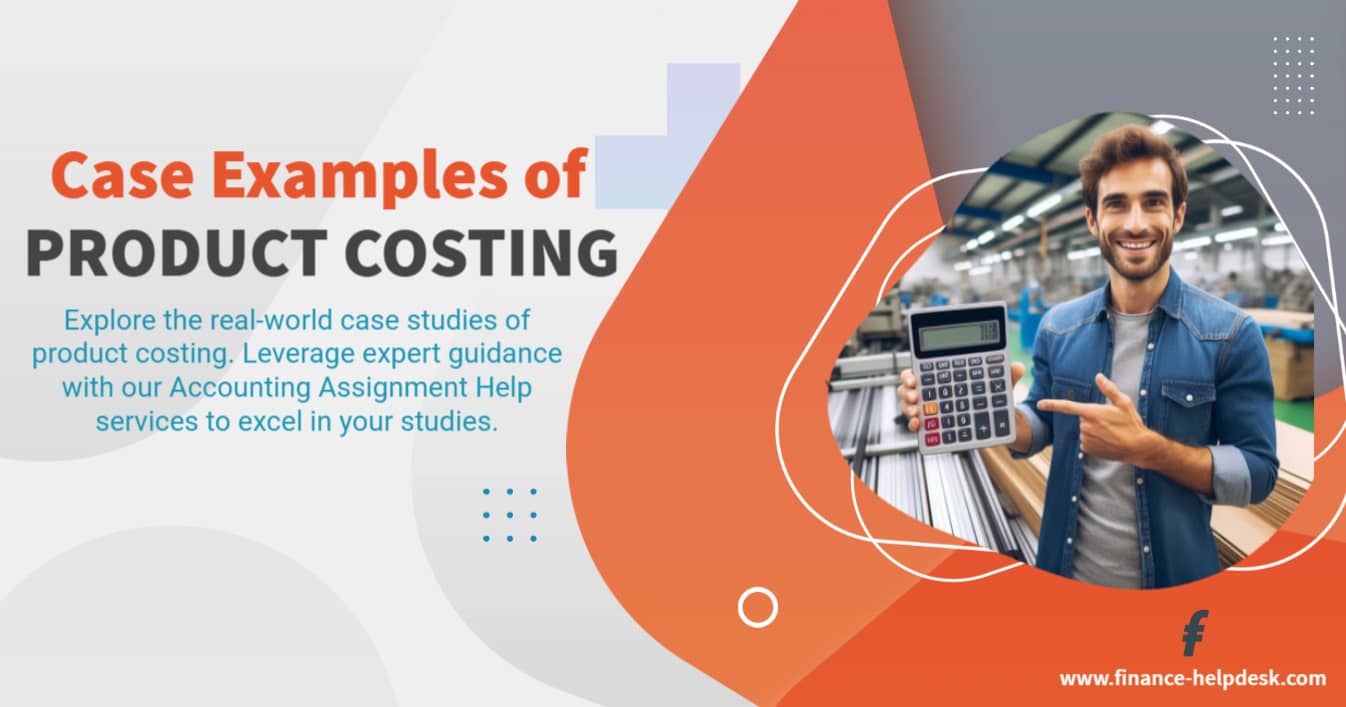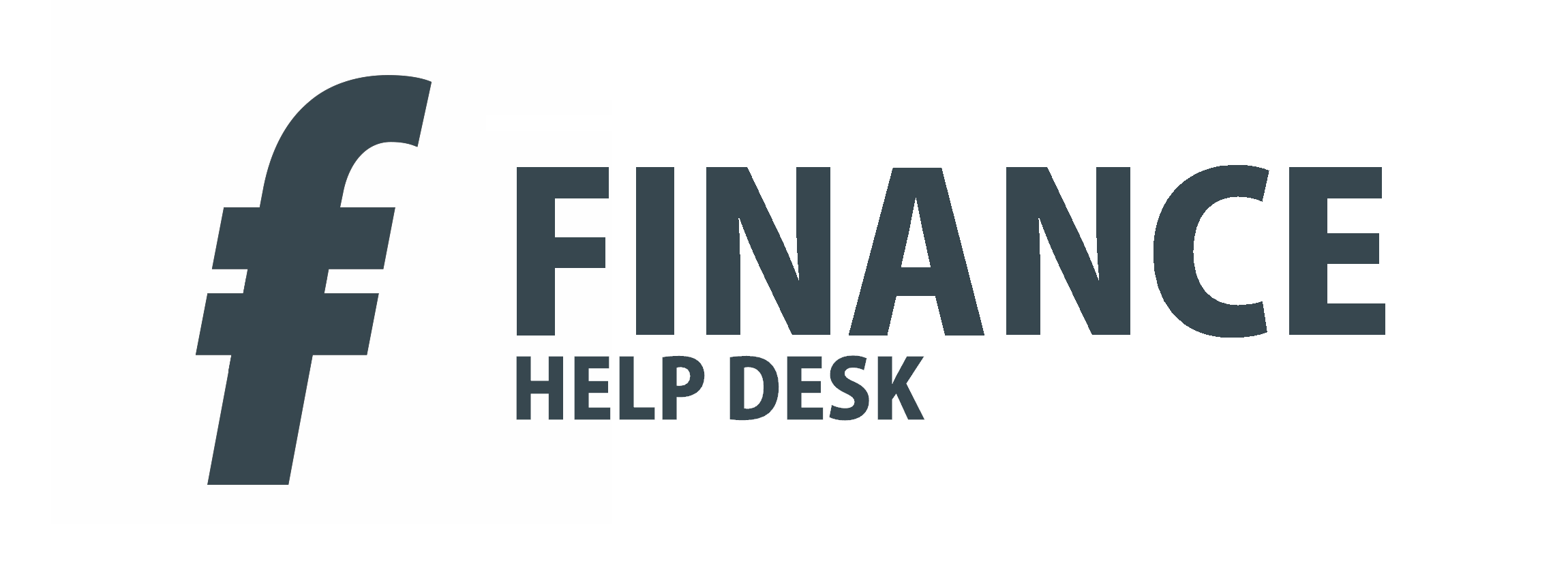What is Product Costing?
Product costing is crucial in cost accounting, as it helps businesses determine the total cost of manufacturing a product. This process is vital for setting prices, creating budgets, and Strategic Planning. It ensures that businesses can make informed financial decisions and remain competitive. For MBA students specializing in accounting or finance, understanding product costing is particularly important. This post will explore practical examples of product costing, offering detailed case studies to illustrate its application in real-world scenarios. Additionally, it will provide useful tips for completing assignments, supporting your academic success and enhancing your comprehension of this key concept.

The Importance of Product Costing
Product costing is a process that enables an organization to determine total cost of manufacturing a particular product in terms of direct material costs, direct labor cost and manufacturing overheads. Product cost gives businesses an ability to put competitive prices in the market, optimize cost of production and make sound financial decisions.
Accounting for Product Costs
Another key area in financial management is finding the cost incurred in manufacturing of the product through cost accounting. There are three primary costing methods:
- Job Costing: This method is used for products that are tailored to meet the need of an individual customer. Costs are linked with individual jobs, which makes it relevant for the construction, printing and service industries. Each job’s cost is determined individually based on the complexity and customization.
- Batch Costing: Suitable for manufacturing products in batches, batch costing aggregates costs for a group of similar items. Some of the industries that employ this method include the manufacturing industries, and specifically the pharmaceutical, apparel and electronics industries. These costs are spread out in the units that are produced in a batch and hence helps in controlling the costs and fixing of prices.
- Process Costing: Used particularly in sectors where large numbers of similar goods are produced in sequence like chemical, food and beverage industries. Costs are accumulated for each production process or department and then averaged over all units produced during a period.
Accounting assignment help services can be quite helpful for learners in comprehending these methods. It is smart to have expert help in understanding the concepts of costing and learn the practical application of costing of products by practicing accounting problems. The use of case studies and practical examples by students improves understanding and knowledge in their coursework and properly apply the obtained methods in professional practice.
Real-World Applications of Product Costing: Starbucks’ Cost Allocation
Starbucks Corporation, a leading and established global coffeehouse chain, is one of the successful cases that illustrate the importance of detailed product costing to strengthen business operations. Starbucks estimated the overhead cost by using Activity Based Costing (ABC) to distribute it to the range of products offered.
Key Insights:
- Direct Costs: Direct costs include coffee beans, milk and other ingredients. Starbucks ensures not to compromise on quality of raw materials while negotiating with its suppliers.
- Labor Costs: Starbucks focusses on employee training with an aim of increasing efficiency and customer service.
- Overhead Costs: Through ABC, Starbucks allocates overhead costs such as rent, utilities, and equipment depreciation across its products.
Thus, ABC enables Starbucks to determine the profitability of products and optimize work to minimize costs and increase profitability.
Case Studies on Product Costing for Accounting Assignment Help
Case Study 1: Toyota’s Just-In-Time (JIT) Inventory Management
The use of Just-in-Time (JIT) inventory system is an excellent model practiced by Toyota Motor Corporation efficient product costing and cost control. JIT also helps in cutting down the costs of holding inventories and avoids wastage in production, hence controlling overall costs.
Key Insights:
- Inventory Costs: Toyota managed to streamline its processes to receive the material only when needed which helped the company to minimize cost of inventory and obsolete items.
- Production Efficiency: JIT makes production fast and effective because it puts emphasis on making materials available just when they are needed by the production line.
- Cost Savings: The holding costs of inventories and the costs associated with production waste were brought down which resulted in the end product being competitive with pricing.
Through the continued implementation of JIT by Toyota, the company has upheld its reputation in quality and has shown the advantages of strategic cost management.
Case Study 2: Apple’s Product Costing Strategy
Apple Inc. has always been credited for its professional methods of product costing and pricing. The firm manages high production costs by offering its products at a premium price to continue its brand image and profitability.
Key Insights:
- Material Costs: Apple utilizes high-quality materials and components that are expensive to imrpove the quality and performance of its products.
- Labor Costs: The manufacturing companies like Foxconn who work with Apple offer cheaper but skilled workforce which is essential for quality product manufacturing.
- Overhead Costs: Some of the key variables that are included in Apple’s product costing include research and development expenditure, marketing and advertisement expenditure, and retail operation cost.
Tips to Find Cost of Product for MBA Students
When tackling assignments on product costing, consider the following tips to enhance your understanding and performance:
1. Understand Cost Component: Ensure you have a clear grasp of the three primary cost components:- Direct Materials: Raw materials directly used in production.
- Direct Labor: Wages for workers directly involved in manufacturing.
- Manufacturing Overhead: Indirect costs like utilities, rent, and equipment depreciation.
- Job Order Costing: Suitable for customized products.
- Process Costing: Ideal for mass production.
- Activity-Based Costing: Allocates overhead costs based on activities.
4. Use Relevant Data and Statistic: Ensure that in your assignments, you use meaningful data and statistics. For example:
- Tesla: In 2023, Tesla’s gross margin stood at 26%, showing that the company has been able to manage its costs well while facing high production costs.
- Starbucks: Starbucks’ cost of sales was 41.4% of its total revenue in 2023, thus showcasing its ability to manage direct and indirect costs.
6. Offer Practical Recommendations: Make sure your analysis of the case contains practical recommendations. Take one or more of these strategies to advise how companies could achieve better product costing, as well as achieve higher profitability.
Accounting Assignment Help: Expert Assistance with Case Studies
Our “Accounting Assignment Help” is a highly comprehensive service that provides students with the study support to solve even the most difficult case related to costing independently. Our team is made of highly qualified and experienced accounting specialists and scholars. We give individual attention to students to explain difficult concepts and how to related these concepts to find the solution of business problems. This includes breaking down complex scenarios, identifying key cost components, and applying appropriate costing methods to find practical solutions to the problems.
Three Important Factors in Case Study Analysis:
- Understanding the Cost Components: This comprise of direct material, direct labour and manufacturing overheads. Understanding these elements is essential because it provides a basis for realistic costing and analysis.
- Choosing the Right Costing Method: Deciding on the right type of costing methods such as job order costing, process costing or activity-based costing is mandatory. Thus, the chosen method should rather fit the nature of the product and the business activities presented in the case.
- Incorporating Real-World Data: Analyzing the statistics of real data helps in uncovering the ground reality of the problem. It not only leads to the validity of the analysis but also helps in making informed decisions.
Helpful Resources and Textbooks:
- Cost Accounting: A Managerial Emphasis by Charles T. Horngren, Srikant M. Datar, and Madhav V. Rajan
- Managerial Accounting by Ray H. Garrison, Eric Noreen, and Peter C. Brewer
- Accounting for Decision Making and Control by Jerold Zimmerman
These textbooks provide a solid foundation in accounting principles and practical applications, making them invaluable resources for your studies.
Frequently Asked Questions (FAQs)
Q: What is product costing?
Product costing refers to the identification of costs incurred in the manufacturing of a product, which include direct material costs, direct labor costs, and overheads.
Q: How does Tesla manage its product costs?
Tesla pays special attention to the costs of the materials, minimizes the effect of labor costs with automation, and controls considerable overhead costs to pricing and profit.
Q: What is activity-based costing (ABC)?
ABC is a costing method that aims at allocating overhead costs according to various activities that take place making the information on the product cost more precise. ABC is also applied by Starbucks to allocate costs across its product range.
Q: What is Just-In-Time (JIT) inventory management?
JIT is a form of inventory management where materials are procured only when necessary, hence cutting inventory costs. This paper demonstrates that Toyota employs JIT to improve production efficiency and minimize costs.
Q: How can students benefit from accounting assignment help?
The students will be able to get professional accounting expert help to solve complex accounting problems, case study analysis, as well as DIY strategies and sample solutions. Our accounting homework assistance service also offers various study material and textbooks that would be helpful in their learning process.
Q: What are the key factors to consider in case study analysis?
Some of the issues include the ability to identify the various cost components, the ability to choose the most appropriate method of costing, and the ability to use real data in the analysis.
Conclusion
The cost of a product is an essential factor that has a direct impact on the financial health of a business organisation. Thus, MBA and accounting students should combine theoretical knowledge with practical case examples to learn the best practices in cost management. Using tips and assistance from our accounting assignment help expert students can improve their performance and self-confidence in the subject.
